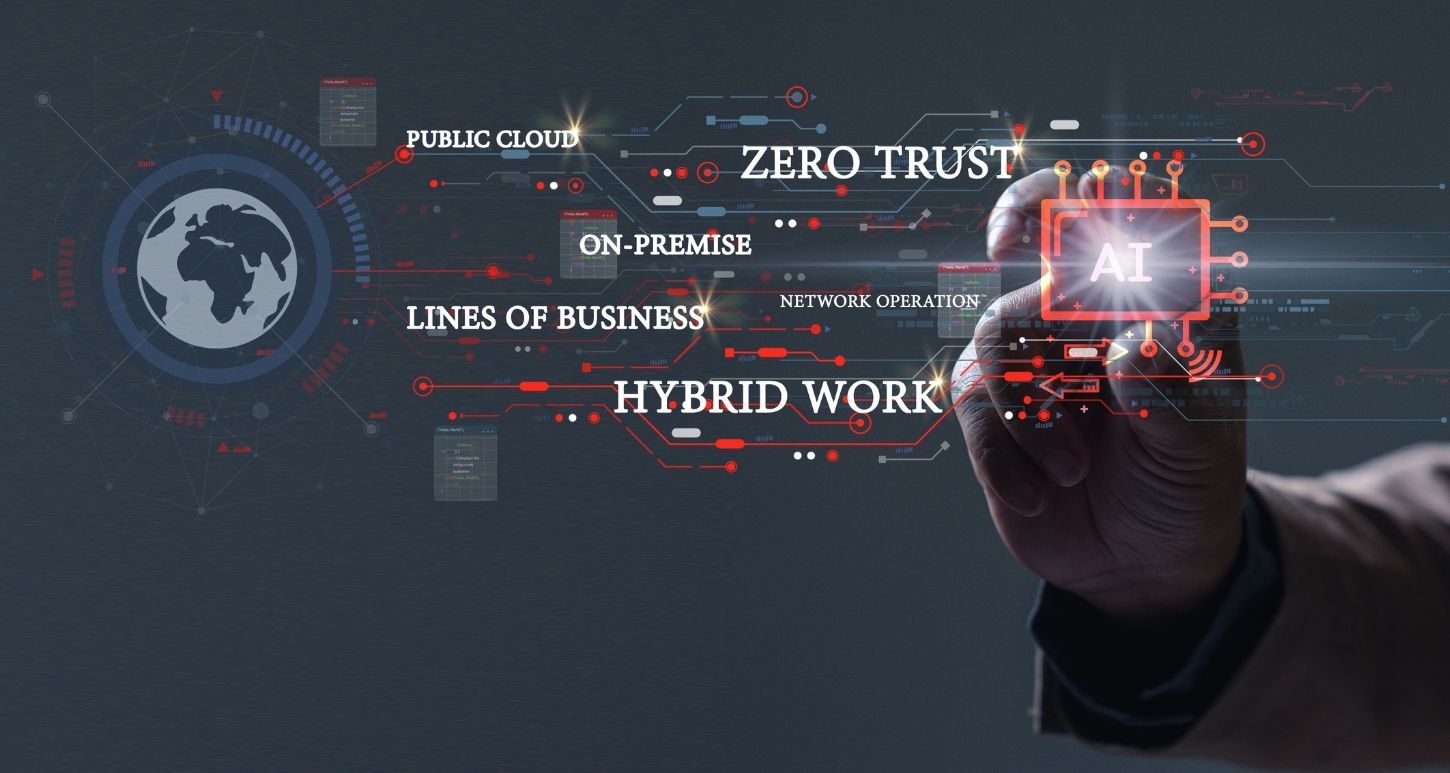Whether you’re in banking, insurance, retail—just name an industry—the letters C and X have risen to the top of the corporate food chain, and for good reason. CX, or customer experience, is changing the business landscape. Google customer experience and you’ll get close to 2 billion results (Donald Trump gets slightly less than a million). On Amazon, customer experience will net you over a hundred thousand results. More, actually, but that’s the most they’ll report.
It’s not only a super-hot topic, it’s one that will never lose the celebrity status it enjoys today. Staying competitive in your respective industry gets more difficult each and every day; that’s not going to change. Neither will enhancing the customer experience.
Not to be confused with customer service, CX is about making working with your company as simple, even enjoyable, as possible for customers. That’s exactly why GDT’s CX practice is so important to our organization, especially considering that navigating the IT and technology minefield is not easy customers, but it’s critically important. There are a lot of moving parts when it comes to evaluating, ordering and deploying anything in the IT industry, whether it’s software, hardware or any type of IT solution. If any industry needs to provide a great customer experience, it’s ours.
Ultimately, CX translates into how customers think about your entire organization. If you’ve ever had a bad experience with, for example, your cell phone, Internet or cable provider, it casts a pall on your overall opinion of their company, even if calls never drop or your connectivity never goes down. If they’re otherwise delivering a poor customer experience, there’s a pretty good chance you’ll start investigating other options, even if they’ll cost more.
Why is focusing on CX important? It’s in the numbers
According to a recent study on CX by PricewaterhouseCoopers, the 2nd largest professional services firm in the world, 1 in 3 customers will leave a vendor after a single bad experience. Oh, and those are 1 in 3 customers who love that vendor. If they have 9 good CX experiences, that single, negative event can kill the relationship and the current and future revenue that goes with it.
Another study by Walker, a CX consulting firm, found that by 2020 CX will overtake price and product as the most important element of brand differentiation. Also, 86% of companies will pay more for a good customer experience.
According to a 2-year-old Gartner study, 81% of companies compete entirely, or at least mostly, on the basis of CX. And that study is 2 years old; it’s no doubt higher today.
An Oracle study found that 89% of consumers began doing business with a competitor following a poor customer experience.
This one’s staggering—according to The Temkin Group, a leading CX research firm, companies currently earning a billion dollars in annual revenue will see their revenue grow by approximately $700 million within 3 years of investing in CX. And for SaaS companies, that growth is closer to a billion dollars. So, basically, they’ll see revenue double in just 3 years after investing in CX.
An element of CX that most companies struggle with is what they perceive as a good customer experience. Yes, it’s difficult because no 2 customers are alike. What’s important to one customer may not be as high on the CX list as another’s. CX is based on several elements, including emotions, titles, motivations, even cultural differences. Trying to address them all certainly adds to the complexity. That’s why prior to constructing a CX roadmap, it’s important to ensure you’ve considered and addressed the following:
Executive buy-in and support
This needs to come first. The key business stakeholders need to understand and properly
communicate the CX vision. Without it, department heads will be more likely to put the importance of CX down on their list. CX messaging from leadership will not only carry more weight, but their buy-in will mean investments in CX will have a much greater chance of approval.
Touchpoints and Goals
Evaluate all areas in which customers touch your organization and make sure all support the goals of your CX initiatives. Goals could include metrics related to customer surveys, the level of effort customers have to expend when working with your organization, rates of renewal, or any general feedback received, whether solicited or not. This feedback could come from social media or Yelp, for instance. Just ensure that you have a reputation management plan in place to address all customer issues that have been pushed out to the public, even if that feedback hasn’t been shared with somebody in your organization. Respond to them all.
Customer insights
While this includes the aforementioned surveys, feedback, et al., it should utilize analytics that identify the gaps between what customers expect and what they’re actually getting. The entire customer journey needs to be identified, which will bring to light trends throughout that journey.
Employee communications
Remember, CX is not just about customer service or customer-facing personnel, like sales or account management. Regardless of job title or function, anybody who works with customers must understand and deliver on the goals and supporting metrics of your CX initiative. And here’s the thing—everybody does, or can, work with customers, or least communicate with them at some point. Everybody needs to understand your CX goals and initiatives. At GDT, we’ve always delivered products and services with a Customer-First Focus. It’s burned into our brains, regardless of which department an employee works in.
If you have questions about the GDT CX experience, email me at Scott.Miner@gdt.com. I’d love to hear from y




